Silver Mound
Introduction
Text-to-speech Audio
Images
Silver Mound historic marker and view from the road.
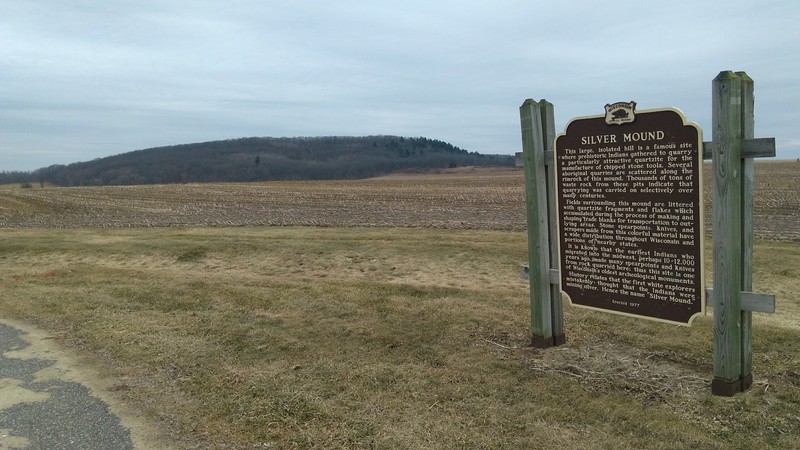
Quarry pits dotting the landscape.
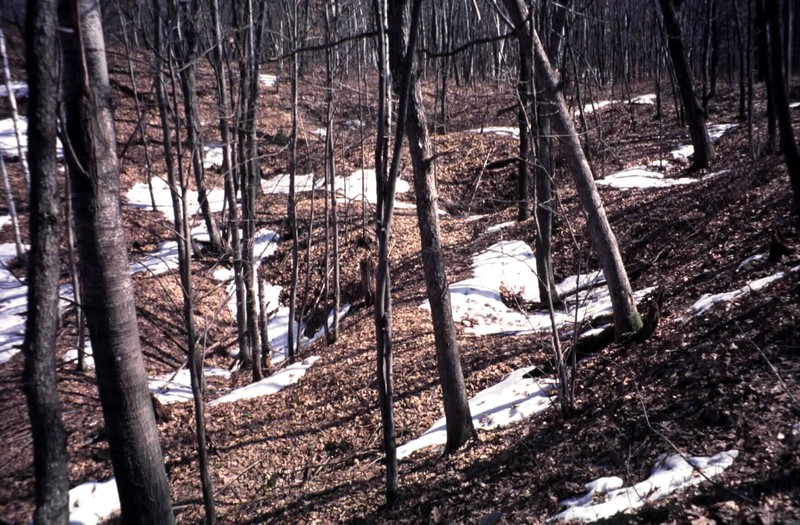
Example of a large quarry pit.
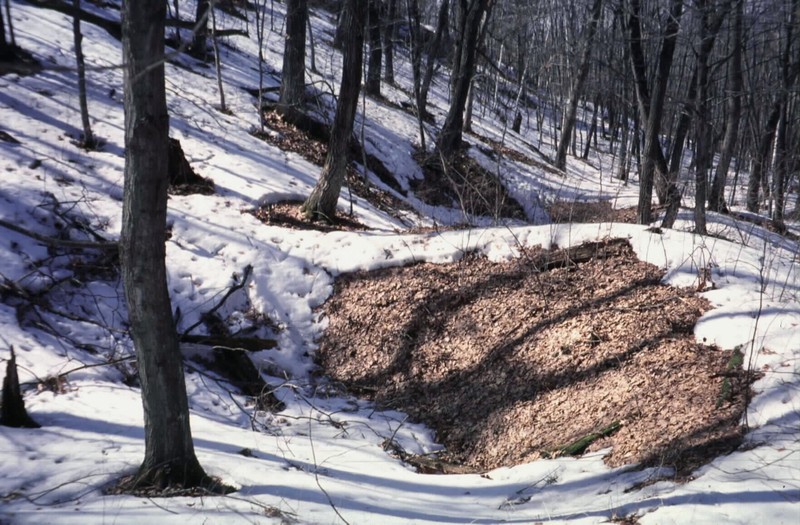
Example of rock art glyphs found at Silver Mound.
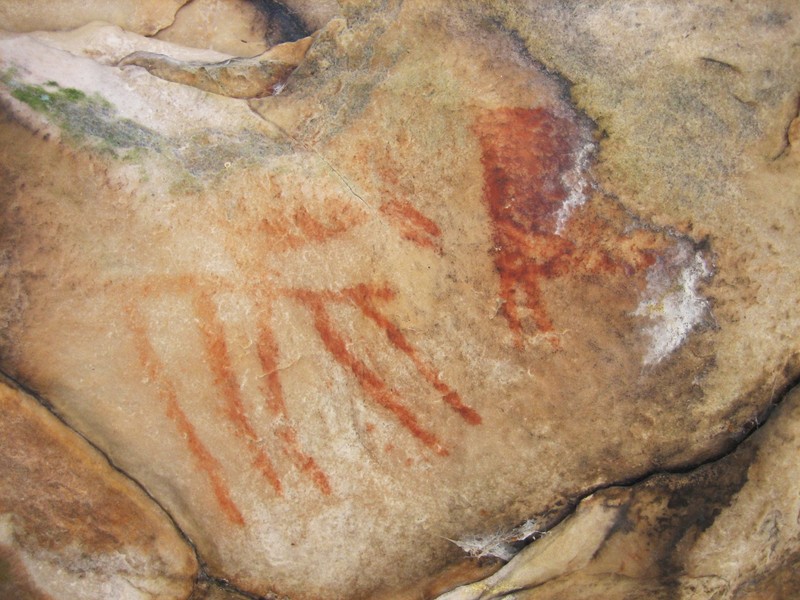
Example of a Clovis point made from Hixton Silicified Sandstone.
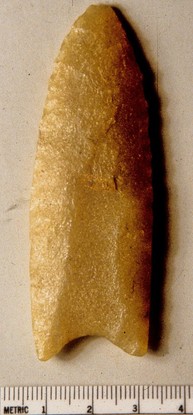
Backstory and Context
Text-to-speech Audio
Silver Mound is one of the most important archaeological sites in the Midwest. While the name suggests it is a mound filled with precious metals it is in fact a unique geological site of silicified sandstone. This stone is easily workable and was valued by early people in Wisconsin for tool-making. The stone has been named Hixton Silicified Sandstone or Hixton Orthoquartzite after the town located nearby and is sometimes called Sugar Quartz as because of its appearance being similar to sugar crystals.
The Hixton Silicified Sandstone found at Silver Mound is unique in its formation as the bonded silica layers create a much stronger stone. When worked into tools by Native Americans it held its sharp edge longer which would have been meant less labor needed to be put in over time to create necessary tools such as spear points and hide scrapers.
The first people to come to Silver Mound came about 12,000 years ago after the glaciers that once covered much of the area receded. They subsisted off of the large Mammoths and Mastodons that populated the area and were probably delighted when they found the rich site at Silver Mound they could use as a quarry. As the glaciers finally melted the landscape of Wisconsin shifted and the people had to adapt. The large mammals that had inhabited the area died off and were replaced with bison. Silver Mound was still being used as an important place to gather supplies and work new tools. By the time Europeans arrived in Wisconsin in the 1700s the use of Silver Mound by Native Americans had largely ended. These first Europeans falsely believed the Native Americans were mining for silver, thus giving it the misnomer Silver Mound which we have carried on today.
Today Silver Mound is a national historic landmark and is owned by The Archaeological Conservancy in an effort to protect the area from any future destruction and also to make sure it is being respected by those visiting. There are still visible examples of rock art found in 2 rockshelters at Silver Mound but these are fragile and deteriorating more and more each year. Thanks to the many archaeological excavations of the area our knowledge of Silver Mound is continuing to grow.
Cite This Entry
Alianna Boszhardt. "Silver Mound." Clio: Your Guide to History. January 31, 2019. Accessed March 29, 2025. https://theclio.com/entry/70774
Sources
Update MW: Silver Mound Preserve Significant Sites Protected. The Archaeological Conservancy. March 06, 2015. . https://www.archaeologicalconservancy.org/update-mw-silver-mound-now-tacs-largest-eastern-preserve/.
Dillon H. Carr & Robert F. Boszhardt (2010) Silver Mound, Wisconsin: Source of Hixton Silicified Sandstone, Midcontinental Journal of Archaeology, 35:1, 5-36, DOI: 10.1179/mca.2010.002

